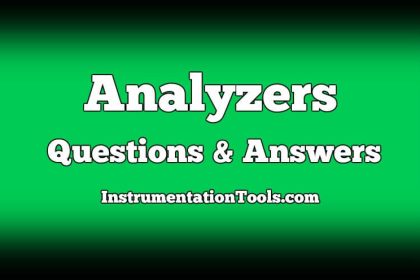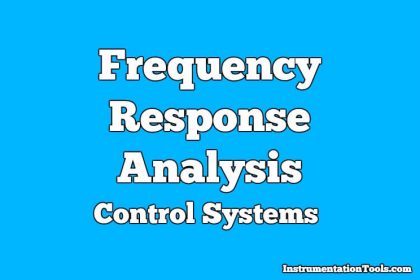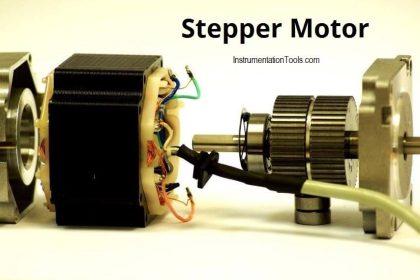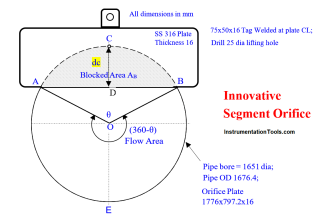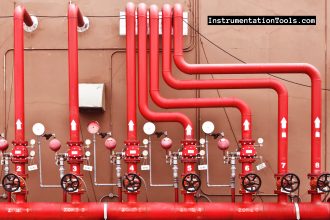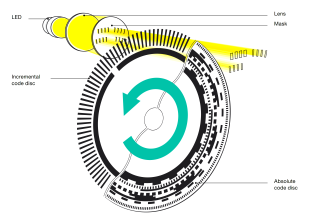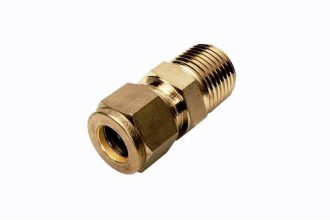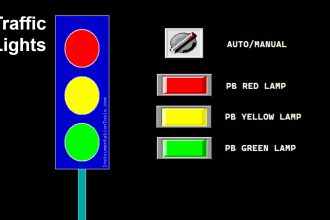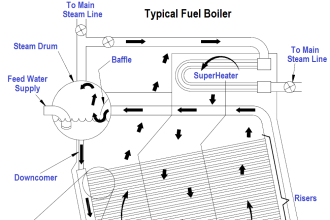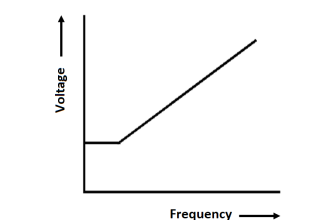Instrumentation of ESR Spectrometer
1. Which of the following is used as detector crystal in ESR spectrometer?
a) Silicon rectifier
b) Silicon tungsten rectifier
c) Silicon boron rectifier
d) Silicon quartz rectifier
Answer: b
Explanation: Silicon tungsten rectifier is used as detector crystal in ESR spectrometer. This is the commonly used detector.
2. After detection, the resulting signal will have which of the following frequencies?
a) 1 kHz
b) 10 kHz
c) 100 kHz
d) 1000 kHz
Answer: c
Explanation: After detection, the resulting signal will have 100 kHz. It contains ESR information.
3. Which of the following is the modulation amplitude range of ESR spectrometer?
a) 1mG to 10G
b) 2mG to 15G
c) 3mG to 20G
d) 5mG to 40G
Answer: d
Explanation: 5mG to 40G is the modulation amplitude range of ESR spectrometer. It is applied in steps.
4. In which of the following ranges will the receiver time constant of the ESR spectrometer lie?
a) 0 to 10 s
b) 0.3 to 1 s
c) 0.03 to 10 s
d) 0.003 to 100 s
Answer: d
Explanation: The receiver time constant of the ESR spectrometer lies from 0.003 to 100 s. It is one of the important parameters of ESR spectrometer.
5. Which of the following is the oscilloscope field width of the ESR spectrometer?
a) 0.2 to 40 G
b) 0.1 to 20 G
c) 0 to 10 G
d) 0.01 to 20 G
Answer: a
Explanation: The oscilloscope field width of the ESR spectrometer lies between 0.2 to 40 G. it is one of the important parameters.
6. The magnet used in ESR spectrometer provides a magnetic field which can be varied from ________ to _______
a) 20 mgauss, 100mgauss
b) 200 mgauss, 20kgauss
c) 20 mgauss, 20kgauss
d) 100 mgauss, 10kgauss
Answer: b
Explanation: The magnet used in ESR spectrometer provides a magnetic field which can be varied from 200 mgauss to 20kgauss. It is calibrated in steps.
7. Which of the following sensor is used in ESR spectrometer?
a) Hall-effect sensor
b) Load cell
c) Strain gauge
d) Bourdon gauge
Answer: a
Explanation: Hall-effect sensor is used in ESR spectrometer. It is given as an input to the summation circuit.
8. Which of the following oscillator is used as 1230 Hz oscillator?
a) Hartley oscillator
b) Crystal oscillator
c) RC oscillator
d) Wien bridge oscillator
Answer: d
Explanation: Wien bridge oscillator is used as 1230 Hz oscillator. The output level is internally regulated.
9. What does AFC stand for?
a) Auto frequency correct
b) Automated frequency correct
c) Automatic frequency control
d) Automatic frequency circuit
Answer: c
Explanation: AFC stands for automatic frequency control. A 70 kHz AFC is used.
10. Klystron requires _______ for the klystron beam and up to _____ for the klystron reflector.
a) +400 V, -730 V
b) +650 V, -400 V
c) +200 V,-530 V
d) +180 V,-270 V
Answer: b
Explanation: Klystron requires +650 V for the klystron beam and up to -400 V for the klystron reflector. Klystron is also known as reflex oscillator.
11. The klystron body is insulated from ground by an insulating gas casket.
a) True
b) False
Answer: a
Explanation: The klystron body is insulated from ground by an insulating gas casket. It is placed between klystron flange and water cooling flange.
12. The 100 kHz oscillator acts as which of the following?
a) Transmitter
b) Receiver
c) Modulator
d) Transmitter and receiver
Answer: d
Explanation: The 100 kHz oscillator acts as the transmitter and receiver. It is crystal controlled.
13. Which of the following removes residual harmonics from the phase-detected signal?
a) High-pass filter
b) Low-pass filter
c) Band-pass filter
d) Chopper
Answer: b
Explanation: Low-pass filter removes residual harmonics from the phase-detected signal. It removes the residual 100 kHz if any.
14. The oscilloscope is used to display the klystron mode.
a) True
b) False
Answer: a
Explanation: The oscilloscope is used to display the klystron mode. It provides visual observation of rapidly changing signals.
15. In the sample cell, which of the following is selected to give maximum optical transmission in the UV-visible region?
a) Tungsten
b) Quartz
c) Phosphor
d) Potassium
Answer: b
Explanation: In the sample cell, quartz is selected to give maximum optical transmission in the UV-visible region. Aqueous sample cells are specially designed.
